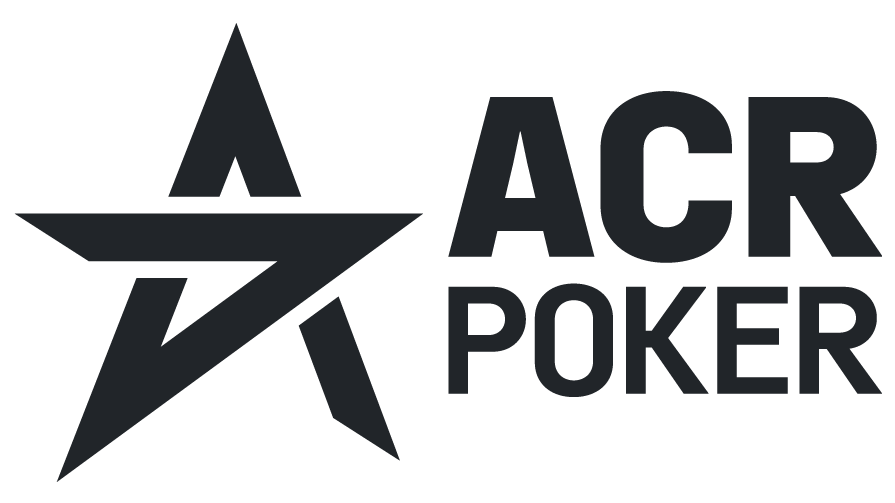
What Does Coordinated Mean in Poker?
A poker term referring to a board with cards that are connected or suited, potentially allowing for straights or flush draws. Example: A flop of 7, 8, 9 is considered coordinated. For more tips on how to play poker effectively, you can explore this online poker guide.
When You Might Hear Or Use The Term Coordinated:
In discussions about board textures during hand analysis, or when evaluating potential draws and combinations in live play or online gaming.
In-Game Example:
You’re in a hand and the flop comes 6, 7, 8. This coordinated board means your opponent could have a straight or a draw, influencing your decision-making process.
Strategy / Tips:
- Best Practice: Stay cautious with made hands on coordinated boards; consider the potential draws your opponents might have.
- Common Mistake: Underestimating the danger of coordinated boards by betting too aggressively with one-pair hands.
- Pro Tips: Use coordinated boards to apply pressure with semi-bluffs, especially when you hold blockers or draw equity.
- Differences playing over the table vs online: Online, opponents might play more straightforwardly on coordinated boards due to lack of physical tells; live, use your reads to gauge if they are drawing or already made.
Alternative Names:
Connected board, Wet board
FAQs:
Q: Why are coordinated boards dangerous?
A: They present numerous draw possibilities, increasing the chance of an opponent improving their hand.
Q: How should I play a strong hand on a coordinated board?
A: Consider betting for protection, but be ready to fold against significant aggression if the board becomes more coordinated.
Related Terms:
- Wet Board
- Dry Board
- Semi-Bluff
